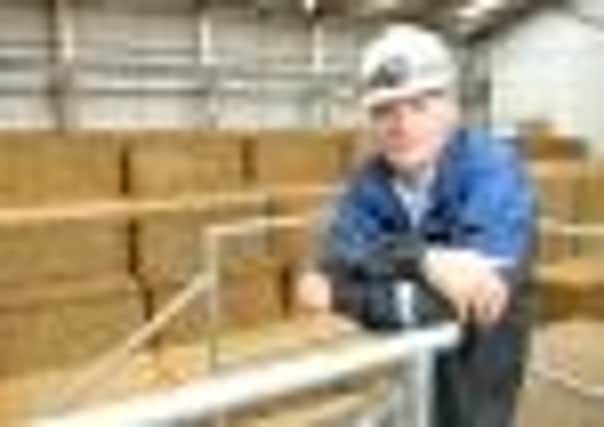Drax shows abroad outlook on pelleting plants


The North Yorkshire-based firm, which last week cancelled plans for two of three new biomass power stations in the UK, wants to convert the giant coal power station to burn mainly plant-based material. Drax said the pelleting plants could be constructed in North and South America, with the biomass shipped to the UK.
“Investment in pellet plants would provide good fuel security,” it said in a statement.
Advertisement
Hide AdAdvertisement
Hide AdDrax already has a straw- pelleting plant in Goole, which can supply its 4,000 mega-watt power station with up to 100,000 tonnes of biomass annually. The plant sources residual straw from farms within about a 50-mile radius, before drying, shredding and compressing it into pellets.
Biomass can include waste material such as wood chips and oat husks plus energy crops including elephant grass.
“We are looking at investing in pelleting plants like Goole,” said chief executive Dorothy Thompson, adding that the plants will likely be overseas.
“How we get it from the field or forest to the point of combustion, that supply chain is pretty immature. It (the UK) will always be a small part of our biomass because the UK is just not that big.”
Advertisement
Hide AdAdvertisement
Hide AdDrax burnt 1.3 million tonnes of biomass in 2011, some nine per cent of its fuel. The power giant, which generates about seven per cent of the UK’s electricity, has been investing heavily in combustion trials to test varying types of biomass for reliability, concentration and flexibility.
Production director Peter Emery said Drax could build three to five pelleting plants, in locations such as South America, the United States and Canada. He added that the group is already in talks with two ports on the west coast of the UK about possible shipping links.
However, plans for the overseas pelleting plants will hinge on Government offering sufficient subsidies to “co-fire” biomass alongside coal.